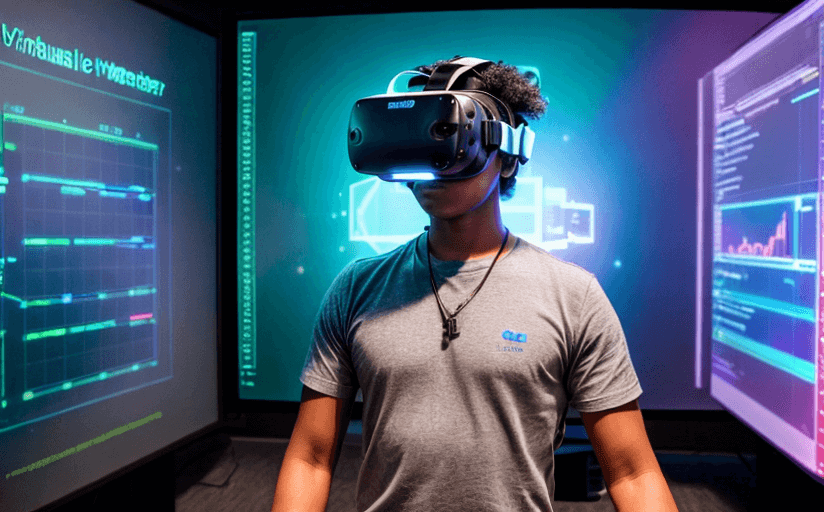Exploring the Transformative Role of Virtual Reality (VR) in Reshaping Distance Learning
The Evolution of Virtual Reality in Distance Learning
Virtual Reality (VR) technology has made impressive strides since its inception, evolving from simple, gimmicky graphics to complex, immersive environments. The application of VR has permeated various sectors, transforming operations and experiences in each, and education isn't an exception. Specifically, remote education systems have benefited massively from the integration of VR technology, creating a dynamic and interactive learning environment for students.
Benefits of Using Virtual Reality in Distance Learning
VR technology brings a plethora of benefits to the distance learning realm. For instance, it enhances student engagement through immersive learning experiences. Complex concepts are broken down and delivered in an interactive manner, improving comprehension and retention. VR also encourages hands-on learning, permitting students to practically apply knowledge in a safe and controlled setting. Additionally, VR fosters collaborative experiences, with students able to work together on projects in real-time regardless of their physical location.
Challenges in Implementing VR Technology in Distance Learning and Solutions
Despite the numerous advantages, there are challenges encountered in implementing VR technology in a distance learning context. Accessibility is a major issue, with not all students capable of affording the necessary VR equipment. The cost of developing quality VR educational content can also be prohibitive. Solutions could include cross-subsidisation or scholarships for disadvantaged students, and partnerships with VR content developers for cost-effective production.
Case Studies: VR in Action
A case in point is the University of London which has incorporated VR in its postgraduate module ‘Virtual Reality: Exploring the transformative potential.’ Students have the opportunity to embody avatars in a virtual learning environment, enhancing the overall learning experience. Another example is EON Reality, a leading VR company that offers affordable and scalable VR educational solutions to institutions worldwide.
Future Prospects of VR in Distance Learning
We foresee the continued integration and expansion of VR in distance learning. As VR technology develops, it's expected to become more affordable and accessible, opening opportunities for more students worldwide. This will further revolutionize the way students learn and interact, taking distance learning to unprecedented heights.
Conclusion
There is no doubt that VR has transformed distance learning, delivering a hands-on, immersive and collaborative learning experience. Amid challenges, the tremendous benefits and potential future developments make VR an exciting prospect in the distance learning landscape.



















Comments
Leave a Comment